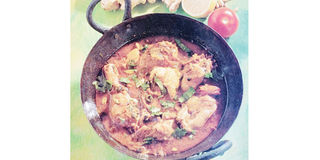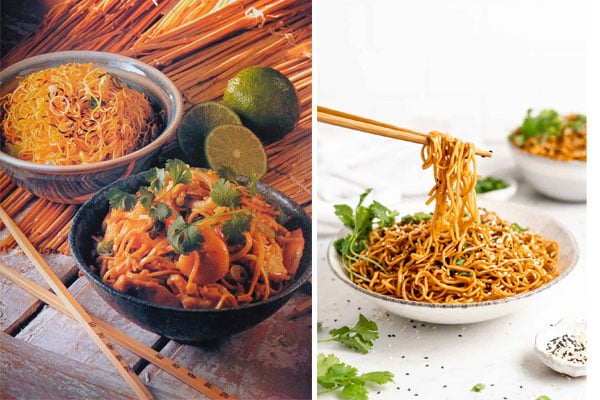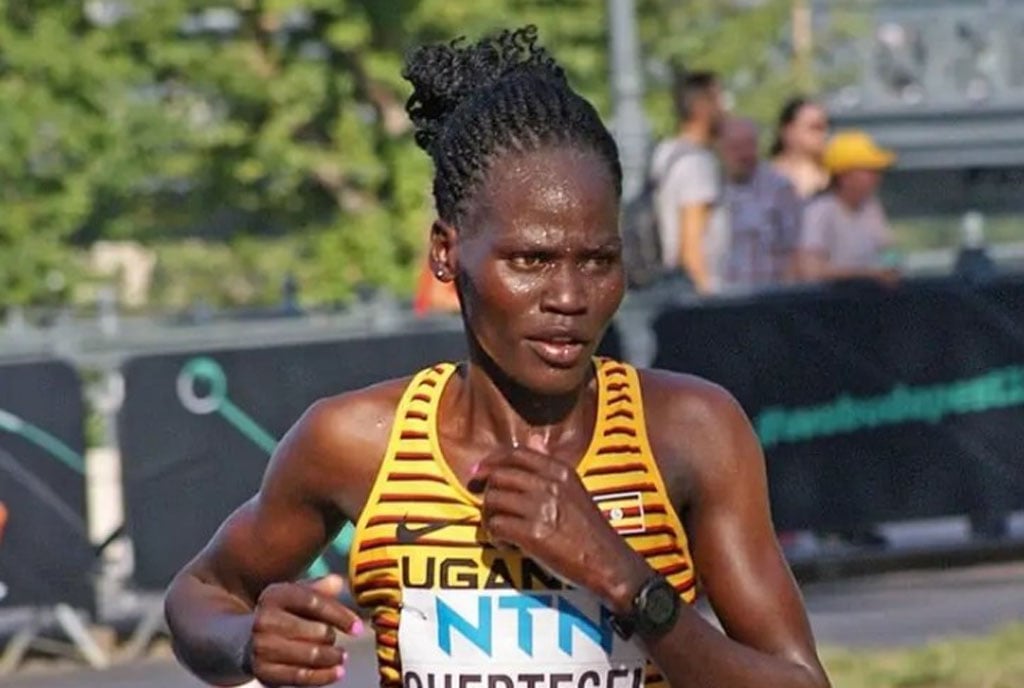Prime
Spice up your dinner moments with Balti chicken

Balti chicken. PHOTO/Kadumukasa Kironde
What you need to know:
Curries: Balti is a method of cooking a wide variety of curries such as poultry, meat, fish and vegetables using the stir fry method
I first learnt of Balti cooking during my stay in London, UK between 1979 and 1983. Admittedly, at that time, it was a relatively new cuisine, which had been introduced to the UK during the 1970s by the Pakistani resident Multani community. Balti is basically a method of cooking a wide variety of curries such as poultry, meat, fish and vegetables quickly utilising the stir fry method, which as a rule of thumb, mostly requires high heat.
One will oftentimes hear it being referred to as ‘karahi’ cuisine, which is already firmly established in the culinary parlance of Indian and Pakistani foodies. Here in Uganda, most people are familiar with word ‘kalayi’ derived from the word karahi, which literally means a wok shaped cooking utensil with ring handles on either side. It is extensively used for deep frying mandazi, fish, French fries and the like.
The same is the case in India and Pakistan, where it is used for deep-frying bhajias (bagiya), samosas, and sweets such as jalebi. Karahis come in varying sizes from the very large commercial type, which are almost mandatory in every Pakistan and Indian street side café, where the chef displays his cooking skills to the smaller variety, in which individual portions are cooked and served at the restaurant table.
Pakistan is the home of a rich and varied cuisine, drawing on the influences of its neighbours, Afghanistan, Iran and India to augment its own traditional dishes. Through the course of history, the dishes of the Mongols, Arabs and even the Greeks have been amalgamated into Pakistan’s culinary fare.
Balti is one such type of cooking which has its roots in northern Pakistan, but which incorporates many influences, least popularised cuisines in the West. It is fast, simple and delicious.
Balti Chicken
Serves 4 – 6
Ingredients
- 1 medium size chicken cut into eight pieces. While chicken cooked on the bone is both tender and flavorsome, if you so desire you may choose to use boneless chicken. If this is the case, then I reckon that 500 g of chicken filet or boneless breast would suffice nicely. Naturally, the cooking time would be less than when using chicken on the bone.
- 3 tablespoon vegetable oil
- 3 medium size onions, sliced
- 1 medium tomatoes, halved and sliced
- 2 tablespoons tomato paste
- 2.5 cm cinnamon stick
- 2 large cardamom pods
- 4 black peppercorns
- ½ teaspoons cumin seeds
- 1 teaspoon ginger pulpl 1 teaspoon garlic pulp
- 1 teaspoon garam masala
- 1 teaspoon chili powder or to taste
- Salt and pepper to taste
- 2 tablespoon plain yogurt
- 4 tablespoons lemon juice
- 2 tablespoons chopped fresh cilantro
- 2 fresh green chilies, chopped
Method
1. Wash and cut up the chicken into 8 pieces or you are at liberty to use chicken parts of your choice and set them aside.
2. Heat the vegetable oil in a large wok or frying pan and toss in the onions and fry them until they become golden brown. Add the tomatoes and the tomato paste and stir well.
3. Add the cinnamon stick, cardamoms, peppercorns, cumin seeds, ginger, garlic, garam masala, chili powder and salt and pepper. Lower heat and stir fry for 3 – 5 minutes.
4. Add the chicken pieces, 2 at a time and stir fry for at least 10 minutes or until it becomes brown and the spice mixture has completely penetrated the chicken pieces.
5. Add the yogurt to the chicken and mix well.
6. Lower the heat and cover the pan with a piece of aluminum foil making sure that the foil does not touch the food. Cook very gently for about 15 minutes. Check from time to make sure that the food chicken does not burn at the bottom of the pan.
7. Finally, add the lemon juice and fresh cilantro and green chilies and cook for a few more minutes and taste and correct seasoning before serving.




